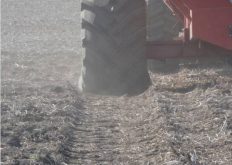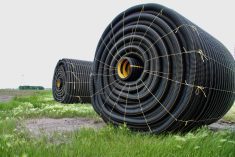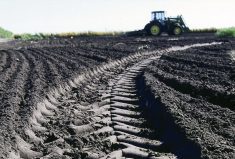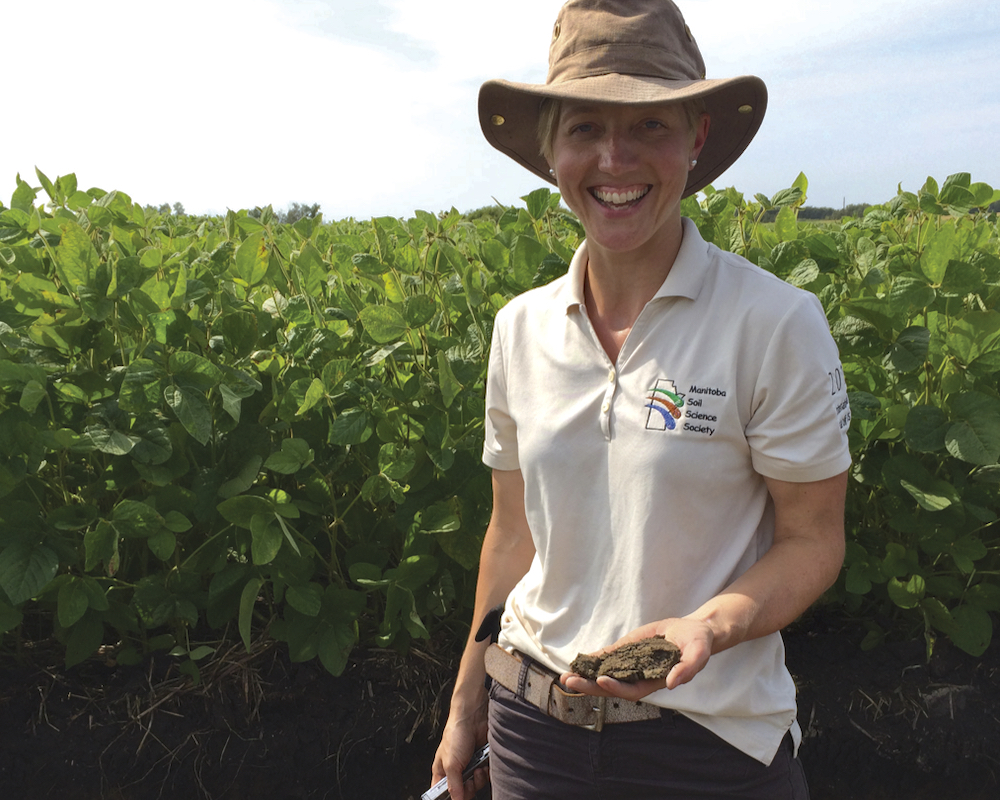Q: How does compaction affect soil?
A: Soil compaction is the removal of the pore spaces in soil. In our agricultural fields, soil compaction is categorized under two types — surface contact pressure and axle load.
Surface contact pressure compaction occurs in the top 12 inches of the soil. It occurs whenever there is contact on the soil surface but is more damaging with narrow tires and high tire air pressure compared with wide tires and low tire pressure.
Read Also

Claas brings 1000 Series SP forage harvesters to Canada
In mid-August, Claas unveiled its new line of Jaguar forage harvesters at an event in Visalia, California, deep in the heart of that state’s dairy region.
Wet soils tend to be more affected by surface contact pressure compaction, however, in any situation, it is typically short lived or can be corrected with deep tillage, root growth or soil dynamics related to frost or moisture. The effects on yield from surface contact pressure compaction can be as high as a 15 per cent reduction in the year of compaction, but within five years the effect is negligible. Options to reduce surface contact pressure is to use low air pressure tires or tracks.
Axle load compaction is a hidden type of compaction, which occurs in the soil profile below 12 inches, and occurs when heavy weights are applied to the soil. When a tractor or implement drives over the soil, the same amount of axle load compaction will occur at depth when comparing wide and narrow tires. If the total load is spread out over multiple axles, a heavy implement like a full combine or manure spreader will still create axle load compaction. However, the depth of compaction with single axles causes deeper and more permanent compaction compared with multiple axles, which cause shallower compaction (but still deeper than 12 inches) with the potential for correction over time.
Yield being affected by axle load compaction is typically low (around two per cent) but it can reduce yields up to seven per cent. You can reduce axle load compaction by using more tires, distributing weight over multiple axles and using floatation tires with low tire pressure.
Soil compaction affects all soil types, in all environmental conditions. The lasting effects of compaction in each situation is dictated by our on-farm management. By implementing the above options, you can decrease soil compaction.















